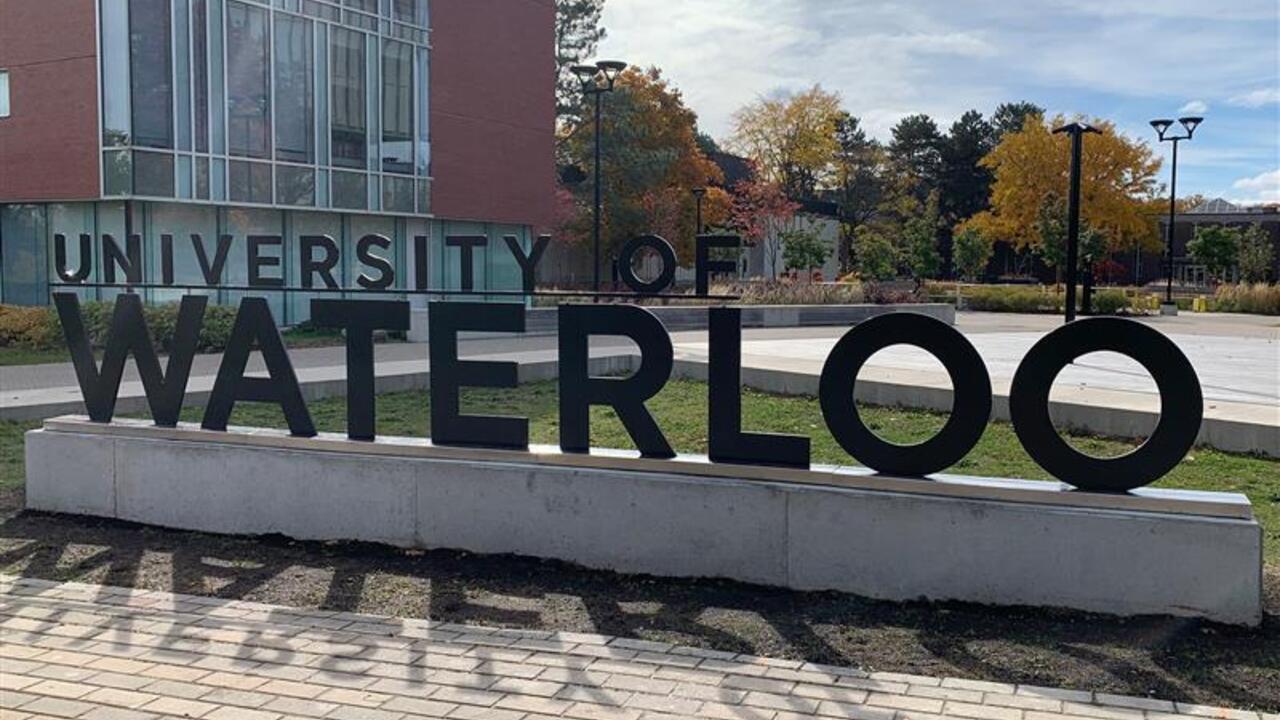
Need to remember something? Better draw it, study finds
Researchers at the University of Waterloo have found that drawing pictures of information that needs to be remembered is a strong and reliable strategy to enhance memory.

Researchers at the University of Waterloo have found that drawing pictures of information that needs to be remembered is a strong and reliable strategy to enhance memory.
By Media Relations“We pitted drawing against a number of other known encoding strategies, but drawing always came out on top,” said the study’s lead author, Jeffrey Wammes, PhD candidate in the Department of Psychology. “We believe that the benefit arises because drawing helps to create a more cohesive memory trace that better integrates visual, motor and semantic information.”
The study, by Wammes, along with fellow PhD candidate Melissa Meade and Professor Myra Fernandes, presented student participants with a list of simple, easily drawn words, such as “apple.” The students were given 40 seconds to either draw the word, or write it out repeatedly. They were then given a filler task of classifying musical tones to facilitate the retention process. Finally, the researchers asked students to freely recall as many words as possible from the initial list in just 60 seconds.
The study appeared in the the Quarterly Journal of Experimental Psychology.
“We discovered a significant recall advantage for words that were drawn as compared to those that were written,” said Wammes. “Participants often recalled more than twice as many drawn than written words. We labelled this benefit ‘the drawing effect,’ which refers to this distinct advantage of drawing words relative to writing them out.”
In variations of the experiment in which students drew the words repeatedly, or added visual details to the written letters, such as shading or other doodles, the results remained unchanged. Memory for drawn words was superior to all other alternatives. Drawing led to better later memory performance than listing physical characteristics, creating mental images, and viewing pictures of the objects depicted by the words.
“Importantly, the quality of the drawings people made did not seem to matter, suggesting that everyone could benefit from this memory strategy, regardless of their artistic talent. In line with this, we showed that people still gained a huge advantage in later memory, even when they had just 4 seconds to draw their picture,” said Wammes.
While the drawing effect proved reliable in testing, the experiments were conducted with single words only. Wammes and his team are currently trying to determine why this memory benefit is so potent, and how widely it can be applied to other types of information.

Read more
Velocity pitch competition winners share exciting startup ideas using artificial intelligence and deep tech, showcasing creativity and entrepreneurial prowess

Read more
The new development will serve as a hub for health-care innovation, enhancing services through the merger of Grand River and St. Mary’s hospitals

Read more
Waterloo and AC launch the Global Impact Creator Program to develop sustainable solutions that tackle the world’s most critical issues
The University of Waterloo acknowledges that much of our work takes place on the traditional territory of the Neutral, Anishinaabeg, and Haudenosaunee peoples. Our main campus is situated on the Haldimand Tract, the land granted to the Six Nations that includes six miles on each side of the Grand River. Our active work toward reconciliation takes place across our campuses through research, learning, teaching, and community building, and is co-ordinated within the Office of Indigenous Relations.